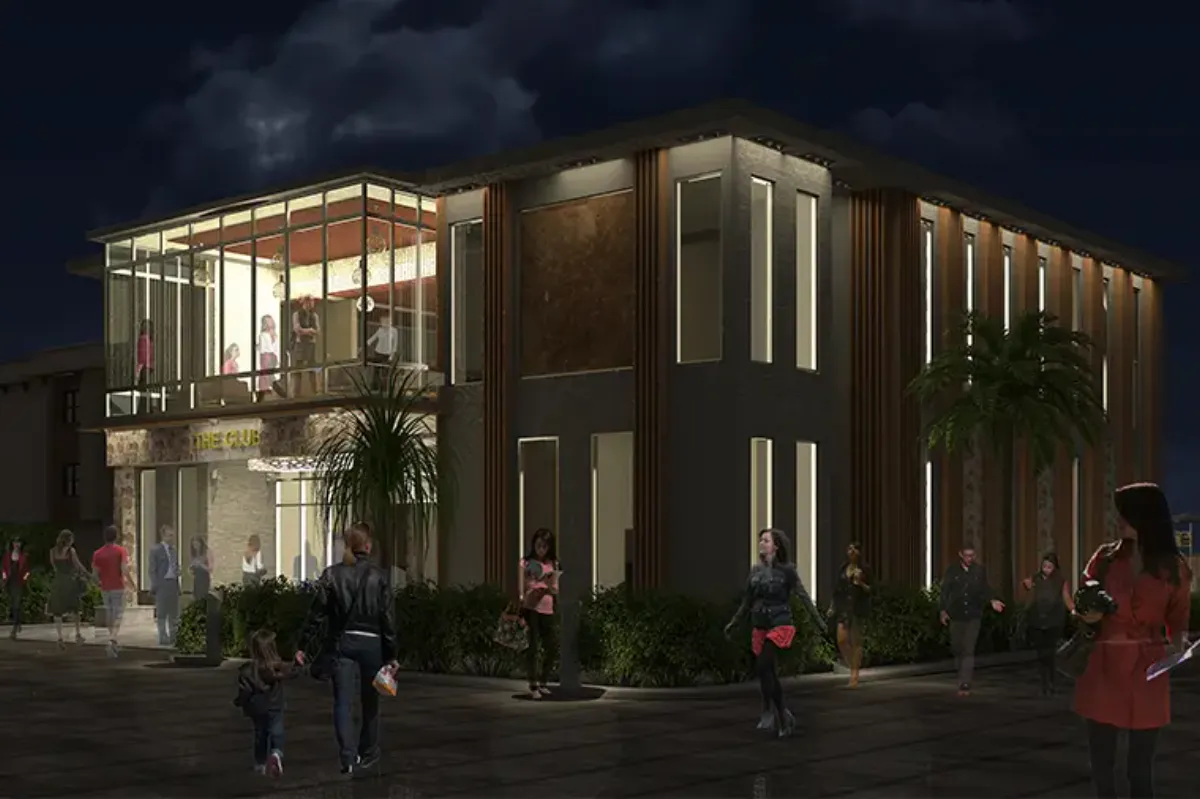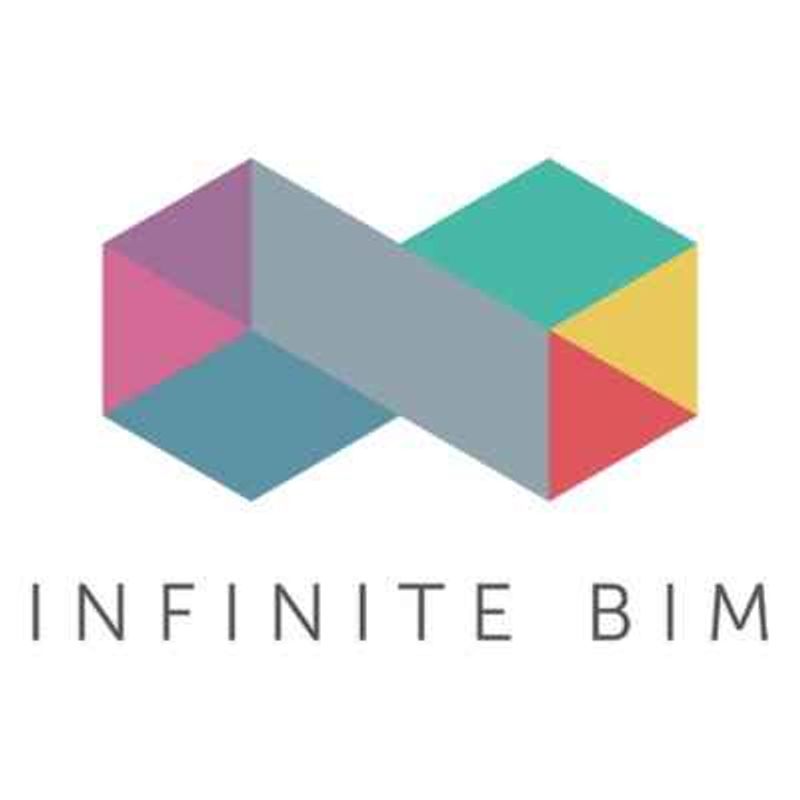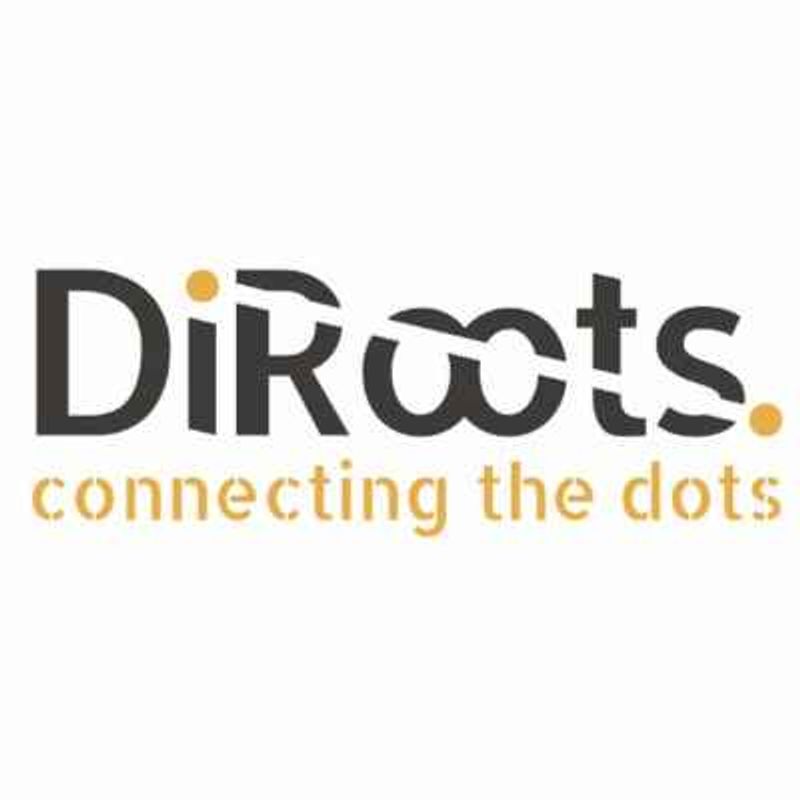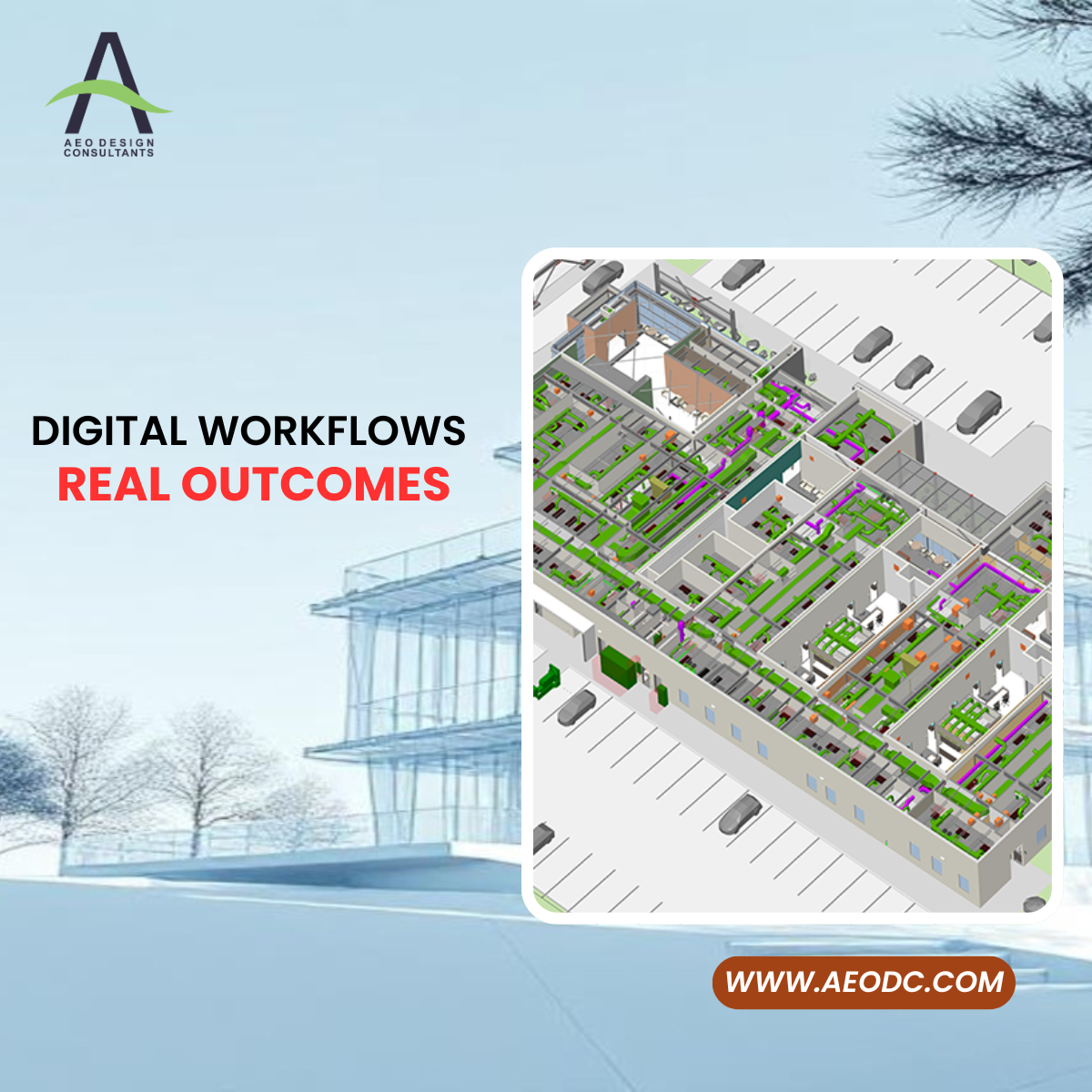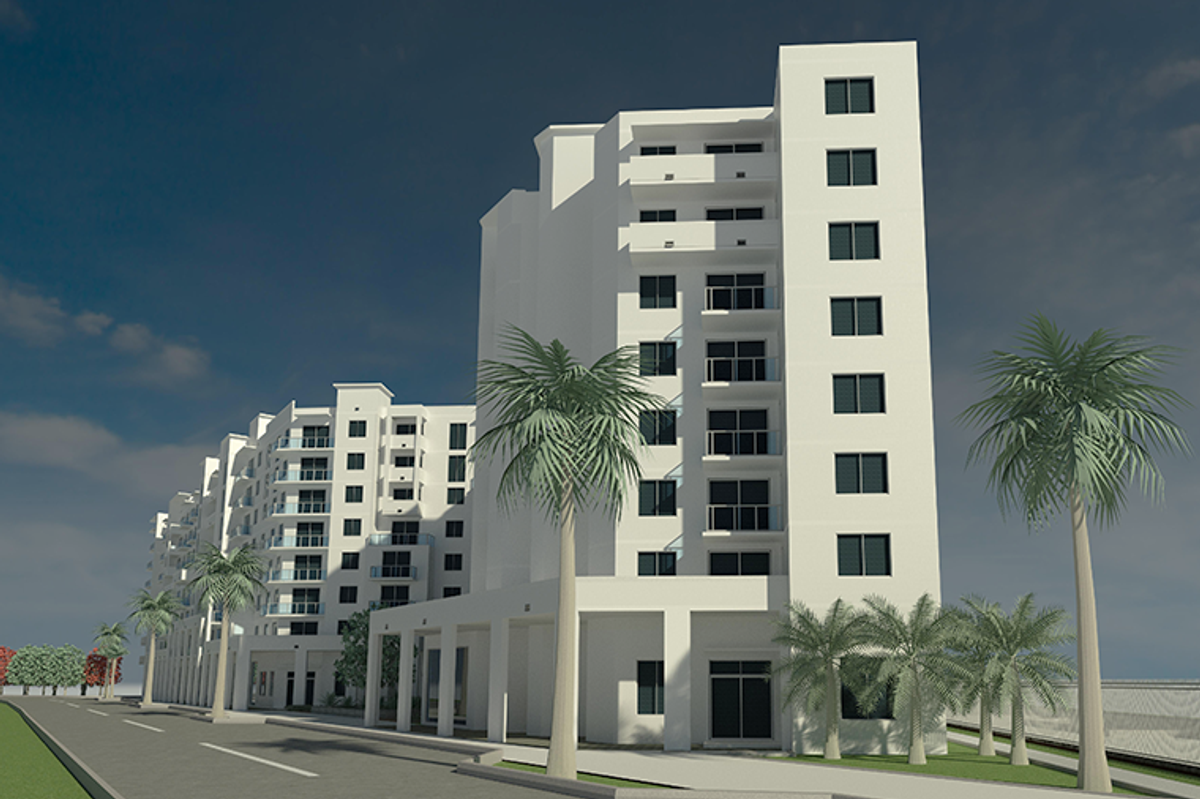Elden Elms, California

Case Study Description: Elden Elms is a significant affordable housing development located in California, spanning approximately 141,000 SF across 7 levels. The project consists of 95 thoughtfully designed residential units, including one-bedroom, two-bedroom, and three-bedroom apartments, along with 100 dedicated parking slots. A key aspect of the project is its commitment to inclusivity, with several units specifically reserved for citizens with special needs. As a major community-oriented development, Elden Elms required precise planning, accurate coordination, and robust BIM support to meet tight schedules and design expectations. Having successfully delivered multiple BIM projects across California, AEODC was strongly recommended for this assignment. Given our track record of executing similar scopes within accelerated timelines, the client onboarded us immediately to ensure seamless delivery of the BIM requirements. Our scope of work included Revit modeling for architectural, structural, and MEP systems; clash detection and coordination reporting using Navisworks; and a comprehensive Virtual Construction Study (VCS) Report, providing stakeholders with actionable insights to resolve clashes before construction began. The project posed several unique challenges, particularly missing structural drawing information, undefined wall types, and unclear ceiling levels. These gaps required repeated coordination with the design team and intelligent guesswork to maintain workflow continuity. AEODC implemented optimized workflows, including weekly RFI review meetings, a collaborative approach using VCS insights, and rigorous quality assurance to ensure accuracy and consistency. By systematically addressing all challenges, AEODC delivered a fully coordinated, BIM-enabled project within a record timeline, significantly reducing onsite delays, minimizing costly rework, and supporting a smooth construction process.
Key Facts
View key facts for "Elden Elms, California".
Tools Used in the Case Study
Discover which tools and technologies were used for "Elden Elms, California".
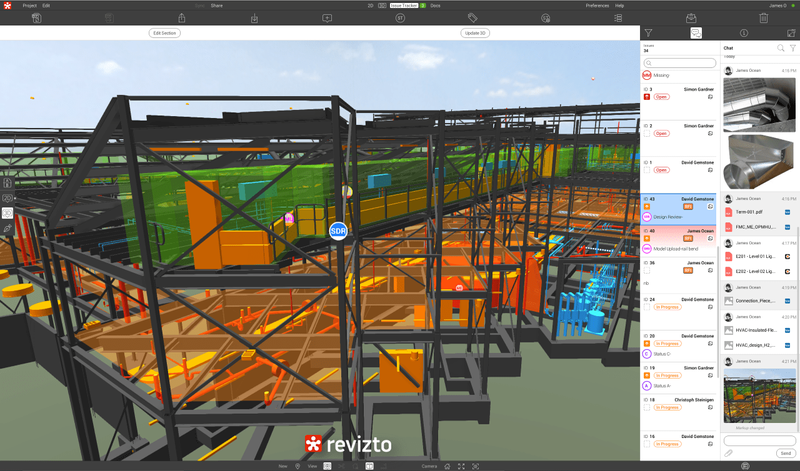
Revizto
Software for real-time issue tracking with a focus on collaboration & BIM project coordination.


STEP Exporter for Revit
ProtoTech's STEP Exporter for Revit is a vital tool that enhances the interoperability, accuracy, and efficiency of BIM data exchange. Its ability to maintain data integrity while facilitating collaboration and streamlining workflows makes it indispensable for professionals in the AEC and manufacturing industries, ultimately contributing to higher quality projects and better outcomes.


NavisWorks
Navisworks allows users to open and combine 3D models and navigate around them in real-time

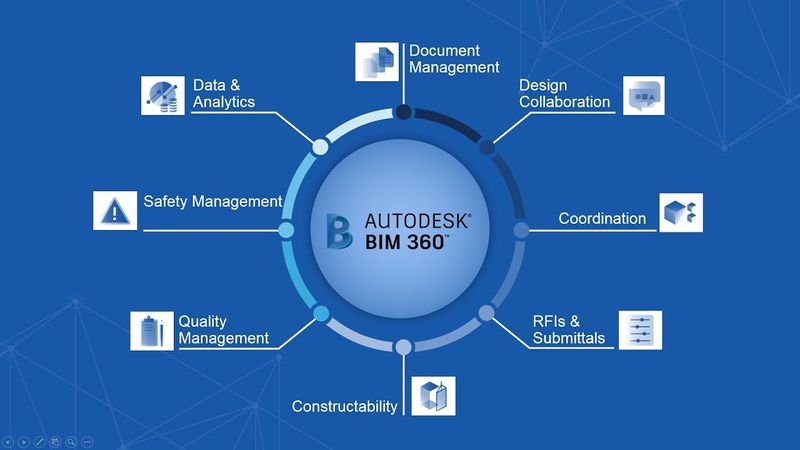
User Experience
View user experience for "Elden Elms, California".
The primary reason for selecting AEODC’s BIM-driven solution for the Elden Elms project was the need for a highly accurate, coordinated, and time-efficient workflow capable of addressing the project’s extensive design complexities. As an affordable housing development with diverse unit configurations, special-needs accommodations, and multiple building systems intersecting across seven levels, the project demanded a toolset that could streamline collaboration, eliminate design conflicts, and accelerate decision-making. Traditional 2D methods or fragmented coordination processes would have been insufficient to manage the volume of information and the precision required. BIM tools such as Autodesk Revit and Navisworks were chosen due to their proven ability to deliver detailed 3D models, run multi-disciplinary clash detection, and support real-time coordination among architectural, structural, and MEP teams. These tools enabled the project stakeholders to visualize design issues early, evaluate alternatives quickly, and prevent costly delays during construction. Additionally, the Virtual Construction Study (VCS) offered a proactive approach by highlighting critical design conflicts before they could escalate onsite. This ensured a smoother construction workflow and supported the client’s tight delivery schedule. Overall, the choice of this BIM solution was driven by its capability to enhance precision, reduce risk, improve coordination efficiency, and ensure the project was delivered on time with minimal rework—ultimately providing measurable value to both the client and the construction team.
hallenges Faced Before Adopting the Tool Frequent design conflicts due to reliance on 2D drawings Difficulty identifying clashes early, leading to onsite delays Slow decision-making caused by scattered and uncoordinated information High volume of RFIs because of missing or unclear design details Rework and cost overruns due to late clash detection Limited visualization of complex multi-disciplinary systems Inefficient collaboration between architectural, structural, and MEP teams Manual coordination processes that increased project timelines
Before adopting a BIM-enabled workflow, the project relied primarily on traditional 2D drafting and manual coordination methods using separate architectural, structural, and MEP drawings. These drawings were exchanged in PDF or CAD formats, which required the teams to manually review layouts, compare sheets, and identify conflicts by visual inspection. Coordination was conducted through email chains, markup drawings, and periodic design meetings, often leading to delays in resolving discrepancies. This conventional method lacked centralized information management, making it difficult to track revisions, manage RFIs efficiently, and maintain alignment between disciplines. As a result, clashes were often detected late in the construction phase, increasing the risk of rework, schedule overruns, and budget impacts.
Adopting BIM tools such as Autodesk Revit and Navisworks had a transformative impact on the project, delivering measurable improvements in efficiency, cost control, and decision-making. One of the most significant business benefits was the substantial reduction in project delivery time, as the integrated 3D modeling environment allowed teams to identify issues early and make informed decisions without waiting for multiple drawing revisions. This accelerated workflow contributed to a faster turnaround, helping the client stay on schedule despite tight deadlines. From a financial perspective, the tool significantly improved the project’s return on investment (ROI) by reducing rework costs. Early clash detection and Virtual Construction Study (VCS) reports eliminated more than 40% of potential construction conflicts, preventing expensive onsite modifications. This proactive approach saved both labor and material costs, directly boosting overall cost-efficiency. The technology also enhanced collaboration across architectural, structural, and MEP teams, enabling stakeholders to work from a centralized model and avoid miscommunication. This streamlined coordination helped reduce RFIs and minimized delays caused by missing or ambiguous design information. Additionally, the BIM-enabled workflows improved quality assurance, ensuring more consistent design outputs, accurate quantities, and reliable construction planning. With faster approvals, reduced errors, and better visualization, the client achieved higher productivity, improved predictability, and a smoother construction process—ultimately maximizing value throughout the project lifecycle.
-
-
Similar Case Studies
View similar case studies to "Elden Elms, California".

